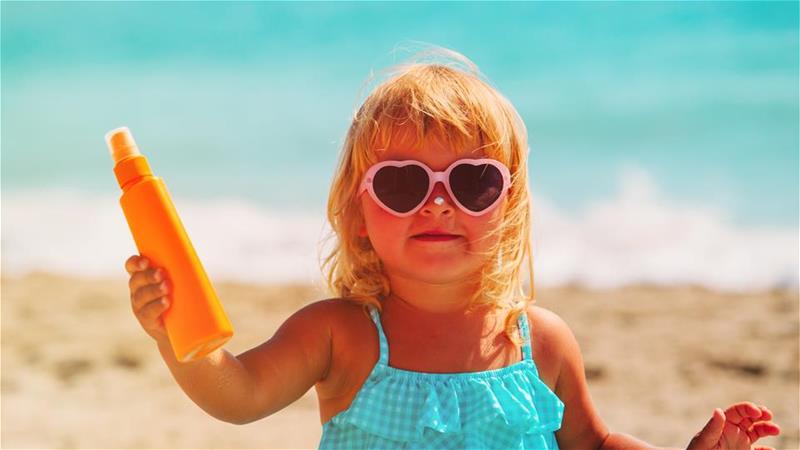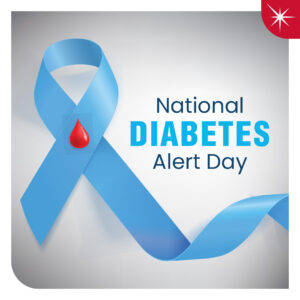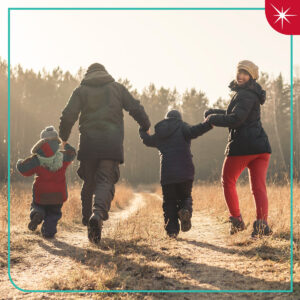Knowing How to Spot Heat-related Illnesses
During the summer months, kids usually know they are supposed to apply sunscreen, but do they know they need to keep their bodies cool too? Especially when they’re playing outside?
The human body is cooled through sweating and by heat radiating through the skin. In very hot weather, high humidity and other conditions, this natural cooling system may start to fail, letting heat in the body build to dangerous levels. This can cause heat-related illnesses like heat cramps, heat exhaustion or heatstroke.
Heat Cramps
Kids are mostly at risk for heat cramps because they usually don’t drink enough fluids. Heat cramps are brief, painful muscle cramps in the legs, arms or stomach that may take place during or after intense exercise in extreme heat.
What to do:
A cool place, rest and fluids can ease a kid’s aches. If possible, give drinks that contain salt and sugar.
Heat Exhaustion
Heat exhaustion is a more severe heat-related illness that can happen when someone in a hot climate or environment hasn’t been drinking enough fluids. Some of the symptoms can include fainting, nausea and / or vomiting, headache and cool, clammy skin.
What to do:
Bringing the child to a cooler place indoors, an air-conditioned car or shady area can help. Put a cool, wet cloth or cool water on the child’s skin. Call your doctor for advice. If your child is too exhausted or ill to drink, treatment with intravenous (IV) fluids may be necessary.
Heatstroke
Heatstroke is the most severe form of a heat-related illness and can be a life-threatening medical emergency. It happens when the body can’t regulate its own temperature. Body temps can soar to 106ºF or even higher, leading to brain damage or even death if not treated right away.
Heatstroke can also happen when a child is left in, or becomes accidentally trapped in a car on a hot day. When the outside temperature is 93ºF, the temperature inside a car can reach 125ºF in just 20 minutes, quickly raising the body temperature to dangerous levels.
What to do:
Call for emergency medical help if your child has been outside on a hot day or another hot setting and shows one or more of these symptoms of heatstroke –
- Severe headache
- Weakness, dizziness
- Confusion
- Rapid breathing and heartbeat
- Loss of consciousness
- Seizure
- Not sweating
While waiting for help –
- Get your child indoors or into the shade.
- Undress your child and sponge or douse him or her with cool water.
- Do not give fluids unless your child is awake, alert and acting normally.
An ounce of prevention
To help protect kids from heat-related illnesses
- Teach kids to drink a lot of fluids before and during activity in hot, sunny weather – even if they’re not thirsty.
- Make sure kids wear light-colored, loose clothing and use sunscreen when outdoors.
- On hot or humid days, make sure your kids only take part in heavy activity outdoors before noon and after 6 p.m.
- Teach kids to come indoors, rest, and to drink something right away whenever they feel too hot.




